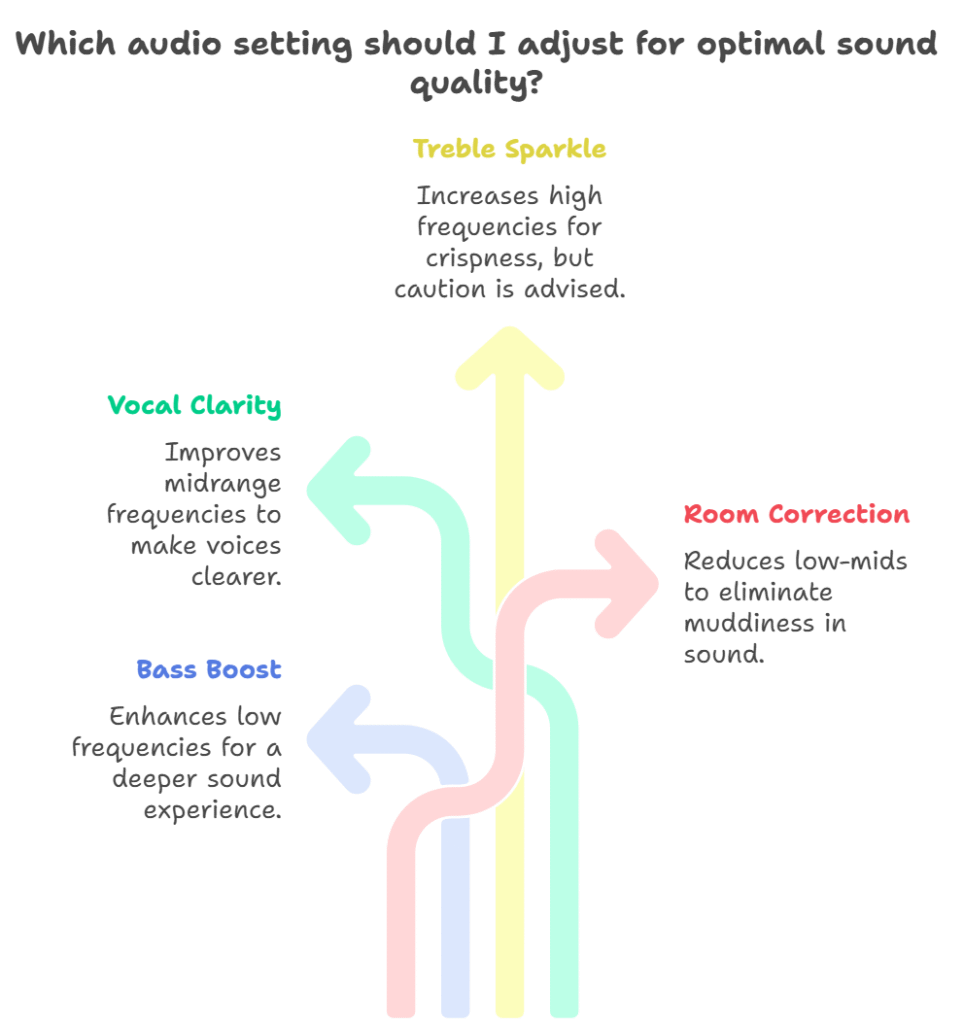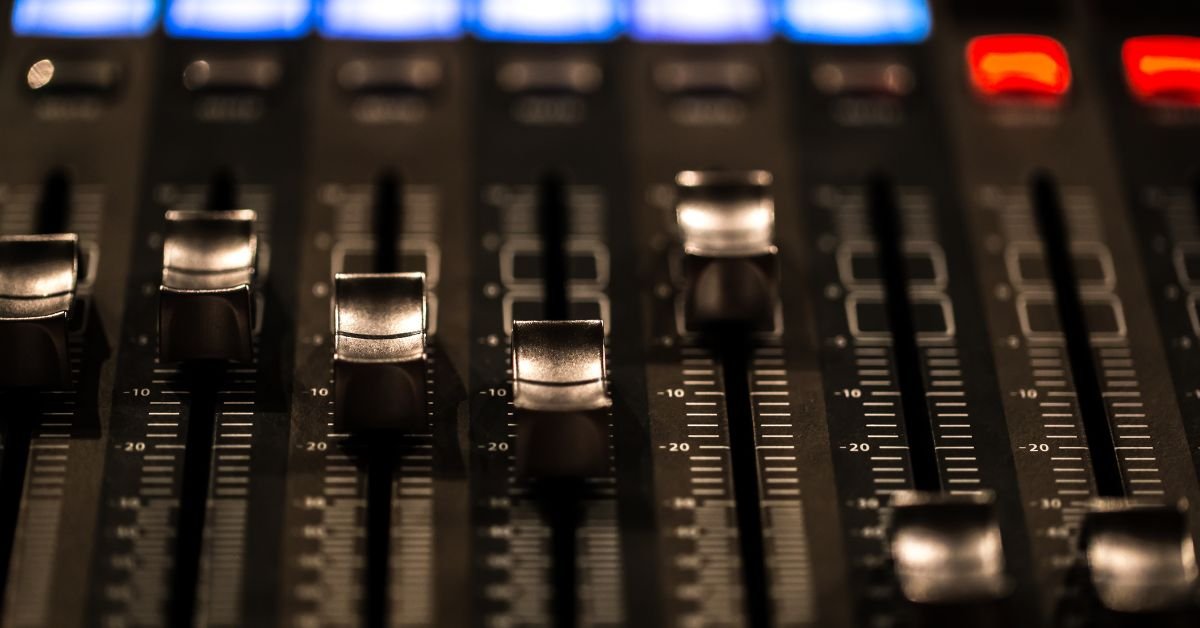Mac equalizer is one of the most overlooked yet powerful tools for transforming your listening experience. Whether you’re a music lover, a podcast enthusiast, or someone who just wants clearer Zoom calls, understanding and using a mac equalizer can make a world of difference.
Why Use a Mac Equalizer?
Let’s face it—no two pairs of ears are the same. What sounds perfect to one person might be muddy or harsh to another. That’s where a mac equalizer comes in. It lets you fine-tune frequencies, boost bass, clarify vocals, and even compensate for less-than-ideal headphones or speakers.
Ever played your favorite song and thought, “This just doesn’t sound right”? Maybe the bass is too weak, or the treble is piercing. With the right equalizer settings, you can tailor the sound to your taste, your room, and your gear.
What Is an Equalizer, Anyway?
An equalizer (EQ) is a tool that lets you adjust the balance of different frequency bands in your audio. Think of it as a set of sliders—each one controls a specific range, like bass, midrange, or treble. By moving these sliders up or down, you can shape the sound to your liking.
On a Mac, you’ll find basic EQ options in apps like iTunes (now Apple Music), but for true control, you’ll want a dedicated mac equalizer app or plugin.
Built-In Mac Equalizer: What’s Available in 2025?
Apple’s approach to audio customization has always been minimalist. In 2025, the built-in equalizer is still found in the Apple Music app. Here’s how to access it:
- Open Apple Music.
- Go to Preferences > Playback.
- Click “Equalizer.”
You’ll see a range of presets (like “Bass Booster” or “Vocal Booster”) and a 10-band manual EQ. It’s simple, but it only affects playback in Apple Music—not system-wide audio.
The Limitations of the Built-In Mac Equalizer
While Apple’s EQ is handy, it’s limited. It doesn’t work with Spotify, YouTube, Zoom, or any other app. If you want to adjust the sound for everything on your Mac, you’ll need a third-party mac equalizer.
The Best Mac Equalizer Apps in 2025
Let’s dive into the top options for taking control of your Mac’s audio. Each of these apps offers unique features, from automatic audio equalizer settings to advanced customization.
Boom 3D
Boom 3D is a favorite among Mac users for its system-wide EQ, 3D surround sound, and easy-to-use interface. It comes with presets for different genres and lets you create your own.
Pros:
- System-wide audio enhancement
- 31-band equalizer
- Volume booster
- Presets and custom profiles
Cons:
- Paid app (free trial available)
- Can use extra CPU on older Macs
User Quote:
“Boom 3D made my old MacBook sound like a brand-new machine. The difference is night and day, especially for movies and games.”
eqMac
eqMac is a free, open-source mac equalizer that works across all apps. It’s lightweight, easy to use, and offers both basic and advanced EQ controls.
Pros:
- Free and open-source
- System-wide EQ
- Simple interface
- Low resource usage
Cons:
- Fewer advanced features than paid apps
- Occasional bugs with macOS updates
SoundSource
SoundSource by Rogue Amoeba is a pro-level audio control center. It lets you apply EQ to individual apps, route audio between devices, and tweak sound in real time.
Pros:
- Per-app EQ and effects
- System-wide audio control
- Intuitive design
- Great for podcasters and streamers
Cons:
- Paid app
- Can be overwhelming for beginners
Audio Hijack
While primarily a recording tool, Audio Hijack also offers powerful EQ features. It’s perfect for those who want to record, process, and enhance audio all in one place.
Pros:
- Advanced EQ and effects
- Recording and streaming tools
- Flexible audio routing
Cons:
- Paid app
- More complex than basic EQ apps
How to Choose the Right Mac Equalizer for You
With so many options, how do you pick the best mac equalizer? Consider these factors:
- Budget: Free vs. paid apps
- Features: Do you need system-wide EQ, per-app control, or just simple presets?
- Ease of Use: Some apps are plug-and-play, others require more setup
- Compatibility: Make sure it works with your version of macOS
Equalizer Settings: How to Get the Best Sound
Now, let’s talk about equalizer settings. There’s no one-size-fits-all answer, but here are some tips:
- Bass Boost: Raise the lower frequencies (20–250 Hz) for more thump in music and movies.
- Vocal Clarity: Boost the midrange (1–4 kHz) to make voices stand out.
- Treble Sparkle: Increase the highs (8–16 kHz) for crispness, but don’t overdo it—too much can sound harsh.
- Room Correction: If your speakers sound muddy, try cutting the low-mids (250–500 Hz).

Automatic Audio Equalizer: The Future of Sound on Mac
In 2025, automatic audio equalizer technology is smarter than ever. Some apps use AI to analyze your room, your headphones, and even your hearing profile, then adjust the EQ automatically.
Boom 3D and SoundSource both offer smart presets that adapt to different genres and environments. There are also apps that use your Mac’s microphone to “listen” to your room and compensate for acoustic problems.
EQ for Windows: How Does It Compare?
If you’re switching between Mac and PC, you might wonder about eq for windows. Windows users have a wider range of built-in and third-party EQ options, including:
- Windows EQ Software: Many sound cards come with their own EQ apps.
- Equalizer APO: A powerful, free system-wide EQ for Windows.
- FXSound: User-friendly with presets and real-time effects.
While Mac users have to rely more on third-party apps, the gap is closing as more developers create cross-platform solutions.
Windows EQ Software vs. Mac Equalizer: Which Is Better?
It’s not a competition—each platform has its strengths. Windows eq software often offers deeper integration with hardware, while Mac equalizers focus on simplicity and design. The best choice depends on your workflow and preferences.
Real-Life Example: Transforming a Home Office
Let’s meet Carlos, a remote worker and music lover. He noticed his MacBook’s speakers sounded flat during video calls and even worse when streaming music. After installing eqMac, he tweaked the equalizer settings for more bass and clarity. The result? “My meetings sound professional, and my playlists finally have the punch I was missing. I wish I’d done this sooner.”
Risks and Considerations
While using a mac equalizer is generally safe, there are a few things to keep in mind:
- Over-Boosting: Pushing frequencies too high can cause distortion or even damage speakers.
- CPU Usage: Some EQ apps use more system resources, especially on older Macs.
- Compatibility: After macOS updates, some EQ apps may need to be reinstalled or updated.
Always download apps from trusted sources and keep them updated.
Features to Look for in a Mac Equalizer
- System-Wide Control: Adjust audio for all apps, not just one.
- Custom Presets: Save your favorite settings for different genres or activities.
- Automatic Audio Equalizer: Let AI or smart presets do the work for you.
- Per-App EQ: Tweak sound for Zoom, Spotify, or YouTube individually.
- Low Latency: No lag between adjusting settings and hearing the change.
Mac Equalizer for Creators: Podcasting, Streaming, and More
If you’re a content creator, a mac equalizer is essential. It helps you monitor audio accurately, fix issues in real time, and deliver professional-quality sound. Apps like SoundSource and Audio Hijack are favorites among podcasters and streamers for their flexibility and power.
Mac Equalizer for Gamers
Gamers can benefit, too. Boosting certain frequencies can make footsteps or dialogue clearer, giving you a competitive edge. Many EQ apps offer gaming presets or let you create your own.
Mac Equalizer for Accessibility
For users with hearing differences, a mac equalizer can make audio more accessible. Boosting certain frequencies can help clarify speech or reduce background noise, making it easier to follow along in meetings or videos.
FAQs
Q How do I access the equalizer on my Mac?
A. You can find a basic equalizer in the Apple Music app under Preferences > Playback > Equalizer. For system-wide control, use a third-party app like Boom 3D or eqMac.
Q What are the best equalizer settings for Mac?
A. It depends on your taste and gear. Start with a preset (like “Bass Booster” or “Vocal Booster”) and tweak from there. Don’t be afraid to experiment!
Q Is there an automatic audio equalizer for Mac?
A. Yes! Apps like Boom 3D and SoundSource offer automatic audio equalizer features that adjust sound based on genre, environment, or even your hearing profile.
Q Can I use Windows EQ software on a Mac?
A. Most Windows EQ software isn’t compatible with macOS, but many developers offer Mac versions or alternatives. Check the app’s website for details.
Conclusion
The mac equalizer is your secret weapon for better sound—whether you’re listening to music, joining a call, or creating content. With the right app and a little tweaking, you can transform your Mac’s audio from average to amazing.
CLICK HERE FOR MORE BLOG POSTS
John Authers is a seasoned and respected writer whose work reflects the tone, clarity, and emotional intelligence that readers value in 2025. His writing blends deep insight with a natural, human voice—making complex ideas feel relatable and engaging. Every piece he crafts feels thoughtful, original, and genuinely worth reading.

